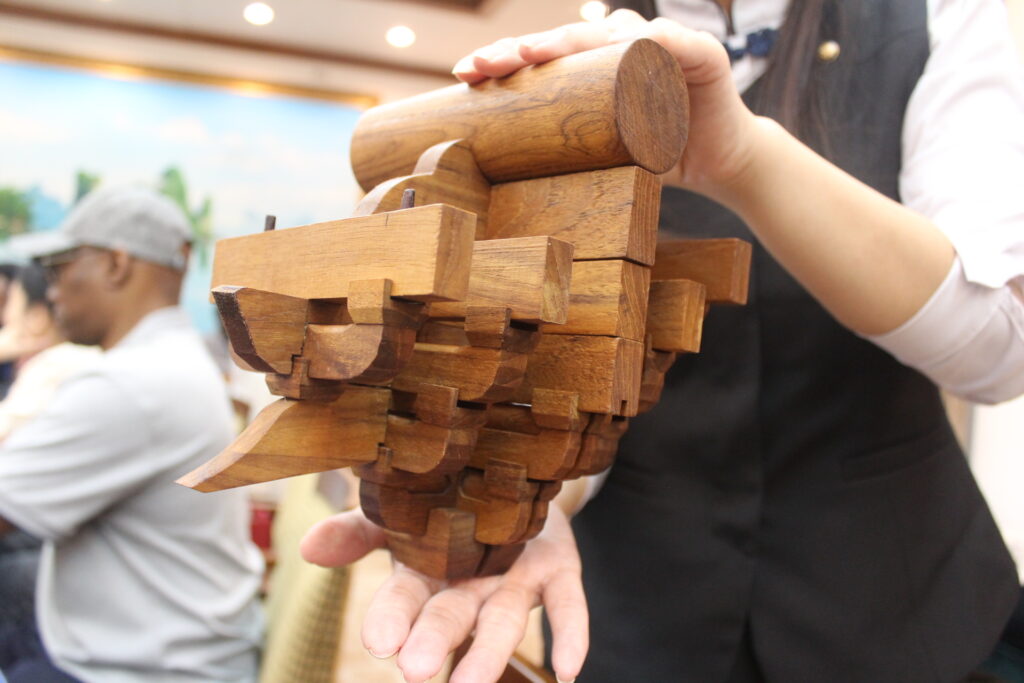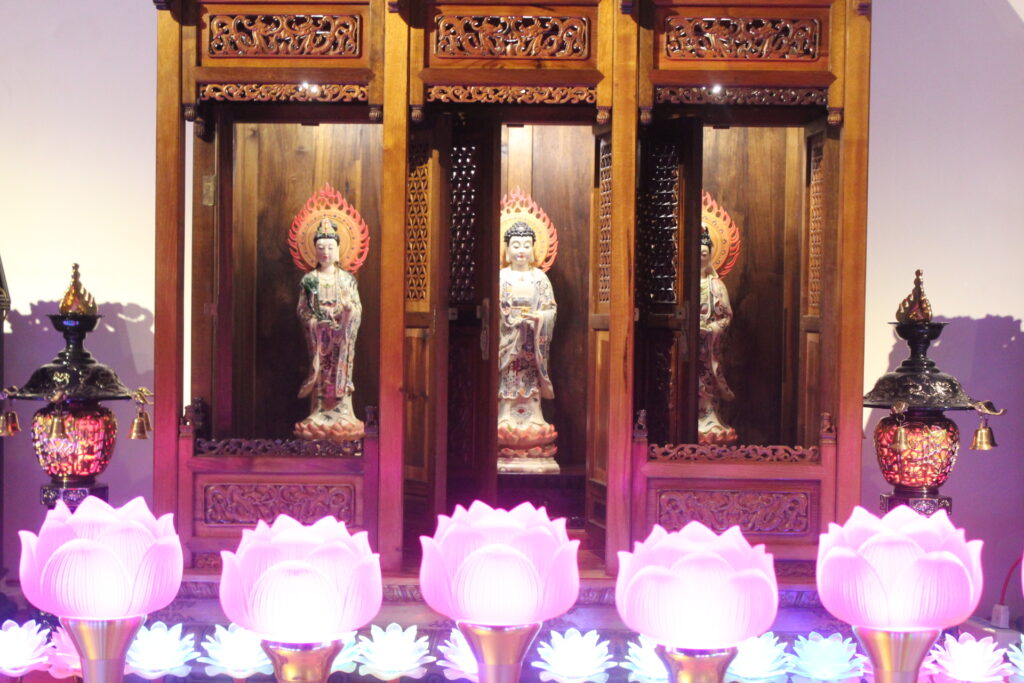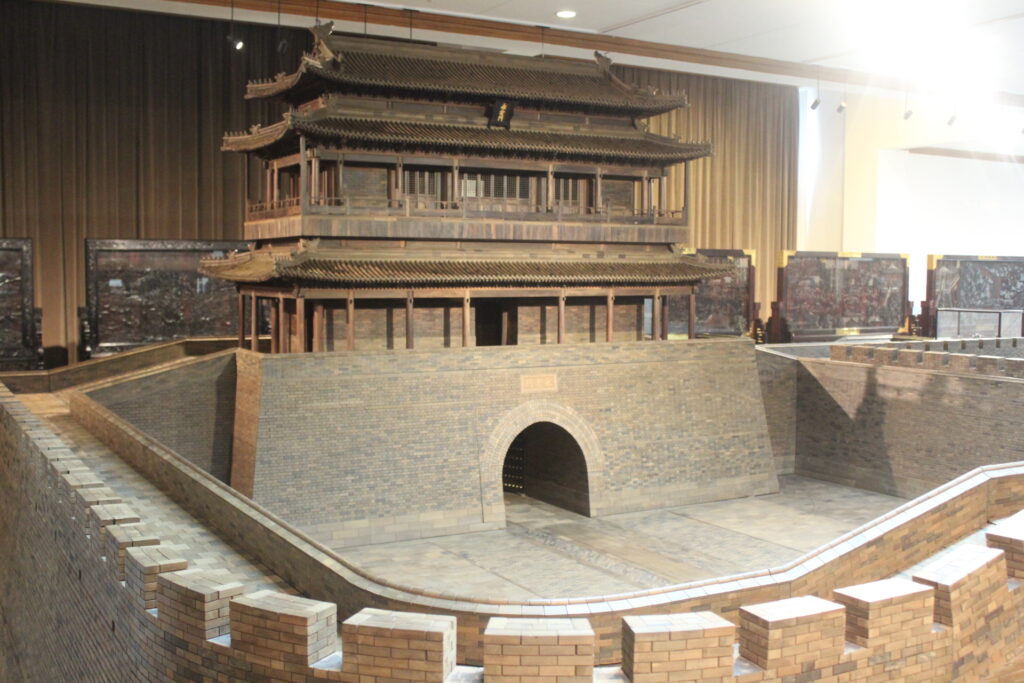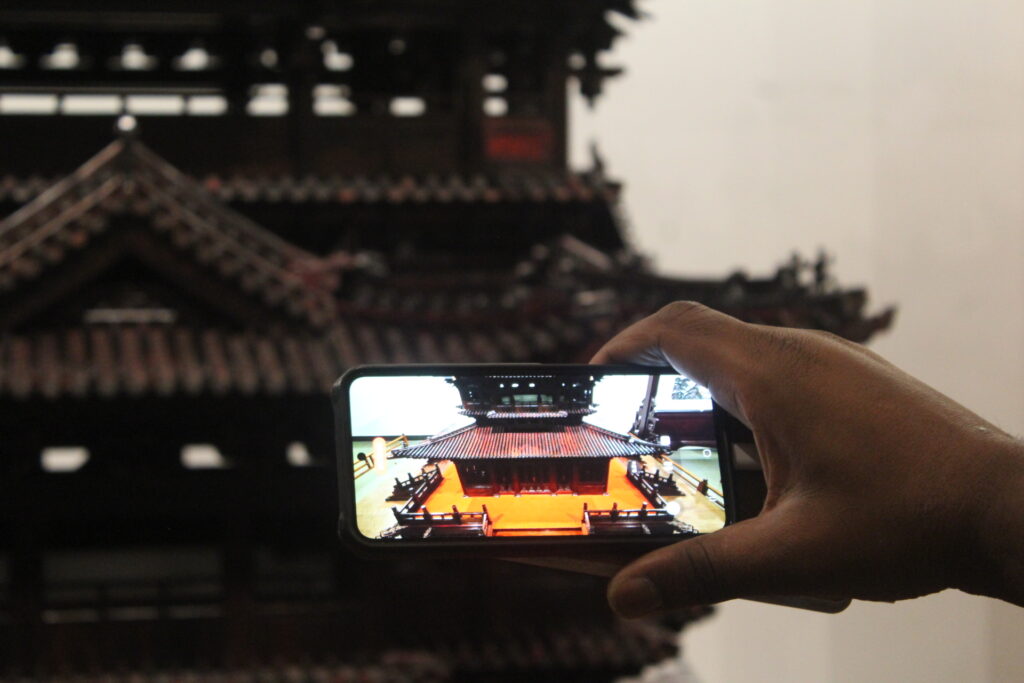
By Gavin Riley in Beijing

Known as one of the world’s most precious timbers, red sandalwood has found added prominence in immortalising the rich tapestry of Chinese heritage.
Nestled in Beijing’s bustling Chaoyang district, the China Red Sandalwood Museum remains a towering symbol of cultural preservation and timeless artistic expression.
As a highlight of the China International Press Communication Center’s (CIPCC) 2024 programme, the 25-year-old facility welcomed journalists for an extensive tour where its history and famed exhibits were timelessly displayed with great pride.
Opening in 1999, the museum is the brainchild of respected Chinese billionaire Chen Lihua and holds the distinction of being the country’s first and largest private establishment of its kind.


Featuring red sandalwood-based artwork and replicas of Ming and Qing dynasty imperial pieces, fine models of ancient Chinese architecture and well-preserved and reproduced statement furniture spread across four floors, the museum covers over 9,000 square meters in area.

Prized exhibits—including a comprehensive reconstruction of Beijing’s old city gates, Tian’anmen Square and the Great Wall—took over a decade to complete and cost Chen millions after she contracted dozens of skilled artisans and architects throughout mainland China and the wider world.
The museum is a labour of love and an ongoing passion project for Chen, a distant descendant of the noble Manchu family, who rose from obscurity after raking in a fortune as Hong Kong’s ‘queen of real estate’.
What started as an innocent interest has transformed into a priceless collection, as Chen mostly spends her days hand-carving red sandalwood—a great honour for invited journalists to witness the continuation of the traditional Chinese art form—while her children manage the Fuhua International Group business.

Though red sandalwood is the landmark timber, the museum also houses exhibits made of precious Phoebe zhennan and yellow rosewood.
Under the patronage of Chen, global journalists got the unique opportunity to sample and purchase red sandalwood-infused products from the museum’s famed shop at discounted prices, including gentle soaps, creams, lotions, other tinctures and miniature replicas.

In an interview with China Daily, the retired real estate mogul and philanthropist said that the preservation of Chinese culture, particularly that of her hometown Beijing, is her greatest pride.

“I, Chen Lihua, wouldn’t be who I am today. We didn’t have the blueprints [of Beijing] back then, so we went abroad and bought newspapers [and] photos. I was on my knees, replicating little by little…for three years. I think about the things I wanted to do, even if it was difficult, or it hurt me, I could endure it,” she explained.
“If you don’t be tough on yourself, you cannot achieve anything. I replicated the inner and outer palaces, all the gates, 10 temples and 10 corner towers all in red sandalwood,” the respected curator added.
A ringing endorsement in 2003, the government designated the China Red Sandalwood Museum a national AAAA scenic spot; receiving visitors and political dignitaries from across the world.
SEE HIGHLIGHTS:






















Comments